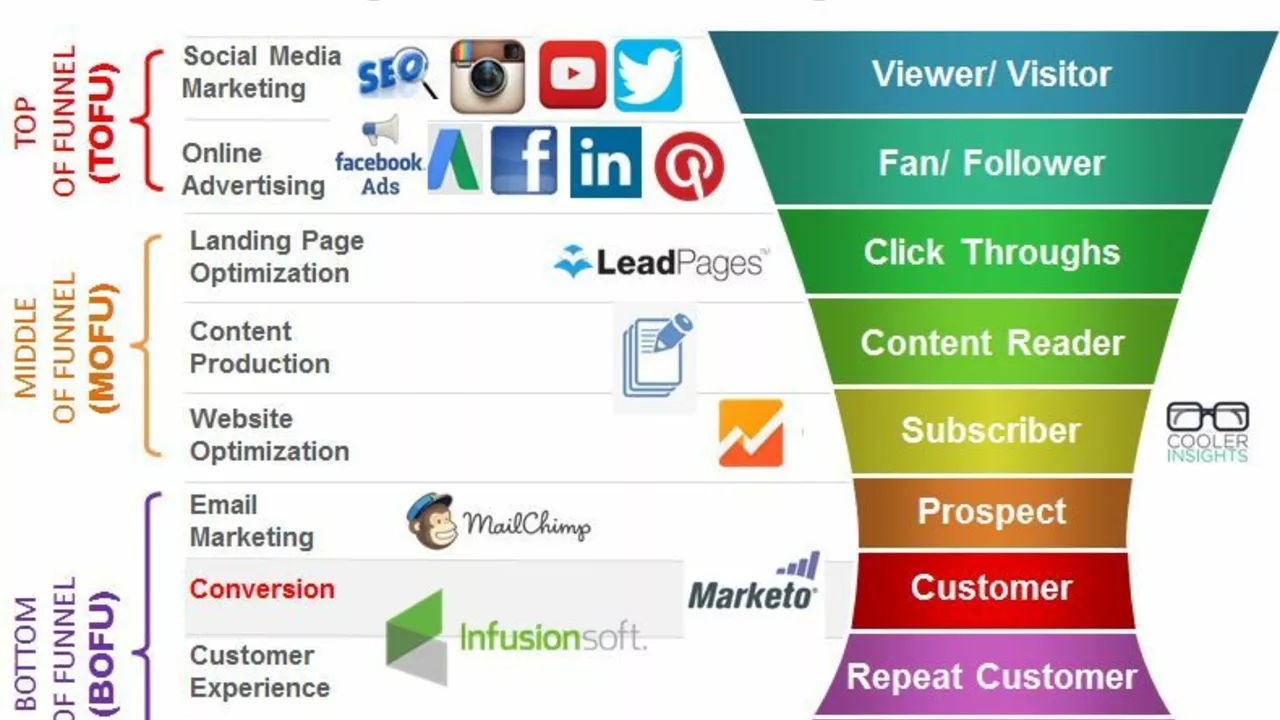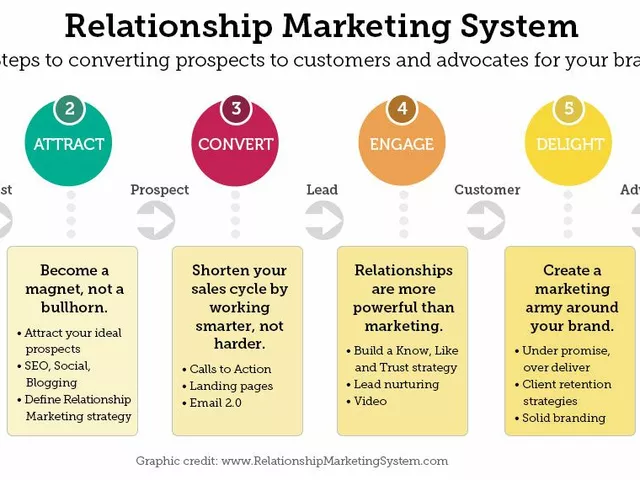Digital Marketing Strategies: Practical Ways to Grow Online
Trying to figure out where to start with digital marketing can feel overwhelming. The good news? You don’t need a fancy degree—just a clear plan and a few proven tactics. Below you’ll find the basics you can apply right away, plus a quick look at how content marketing slots into the bigger picture.
Core Elements of a Digital Marketing Plan
First off, think of a digital marketing plan as a toolbox. The main tools are SEO, social media, email, paid ads, and analytics. Each tool serves a purpose, and together they create a system that drives traffic, builds trust, and turns visitors into customers.
SEO (Search Engine Optimization) is the foundation. By optimizing your site’s pages for the words people type into Google, you earn free, long‑term traffic. Start with keyword research, write clear meta titles, and make sure your site loads fast.
Social media lets you meet people where they already hang out. Pick one or two platforms that match your audience, post consistently, and engage with comments. Short videos, carousel posts, and behind‑the‑scenes stories often get the most interaction.
Email marketing remains one of the highest‑ROI channels. Capture email addresses with a simple lead magnet—like a free checklist or mini‑course—then send regular value‑packed newsletters. Keep the subject line short and the content useful.
Paid ads (Google Ads, Facebook Ads, etc.) give you a quick boost while your organic efforts build. Set a modest daily budget, target specific demographics, and track which ads bring the best cost‑per‑click.
Analytics ties everything together. Use Google Analytics or a similar tool to measure traffic sources, bounce rates, and conversions. The data tells you what’s working and where to tweak.
How Content Marketing Fits In
One of the most common questions we hear is: "Does content marketing come under digital marketing?" The short answer is yes—content marketing is a core part of any digital strategy. It’s the practice of creating valuable, relevant pieces—blogs, videos, infographics—to attract and keep an audience.
When you publish a helpful blog post, you give search engines fresh material to index (SEO boost) and you give social media followers something to share (more traffic). When you send a newsletter with that same content, you nurture leads and drive them back to your site. Everything circles back to the same goal: turning interest into action.
For beginners, start with a simple content calendar. Pick topics that answer common questions in your niche, write a short 800‑word article, and repurpose it into a video script or an Instagram carousel. Consistency beats perfection—publish regularly and refine as you learn.
Remember, you don’t have to master every tool at once. Pick two—say, SEO and a social platform—get comfortable, then add email or paid ads. The key is to keep testing, measuring, and improving. With each small win, you’ll see more traffic, more leads, and more confidence in your digital marketing journey.
Ready to start? Grab a notebook, jot down your top three goals, and match each goal with one of the tools above. That simple roadmap is all you need to kick off a successful digital marketing strategy today.

